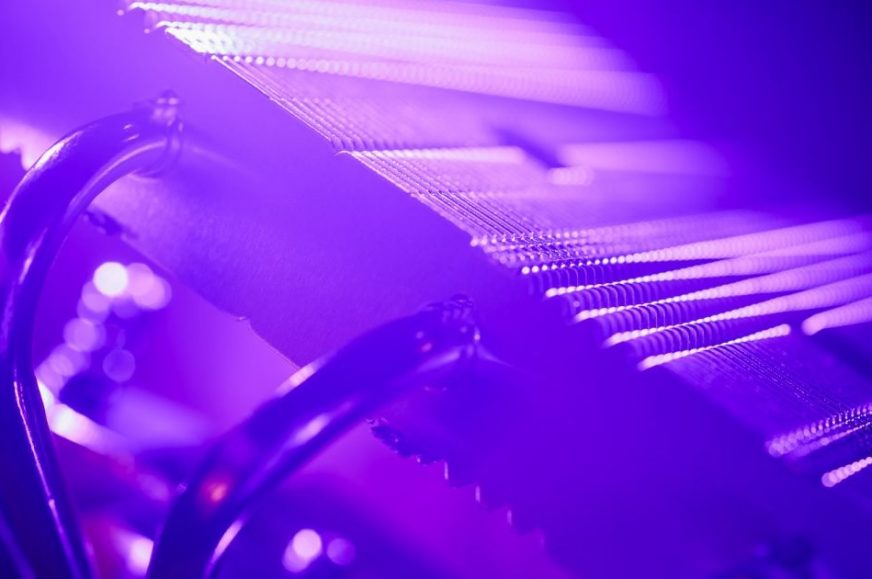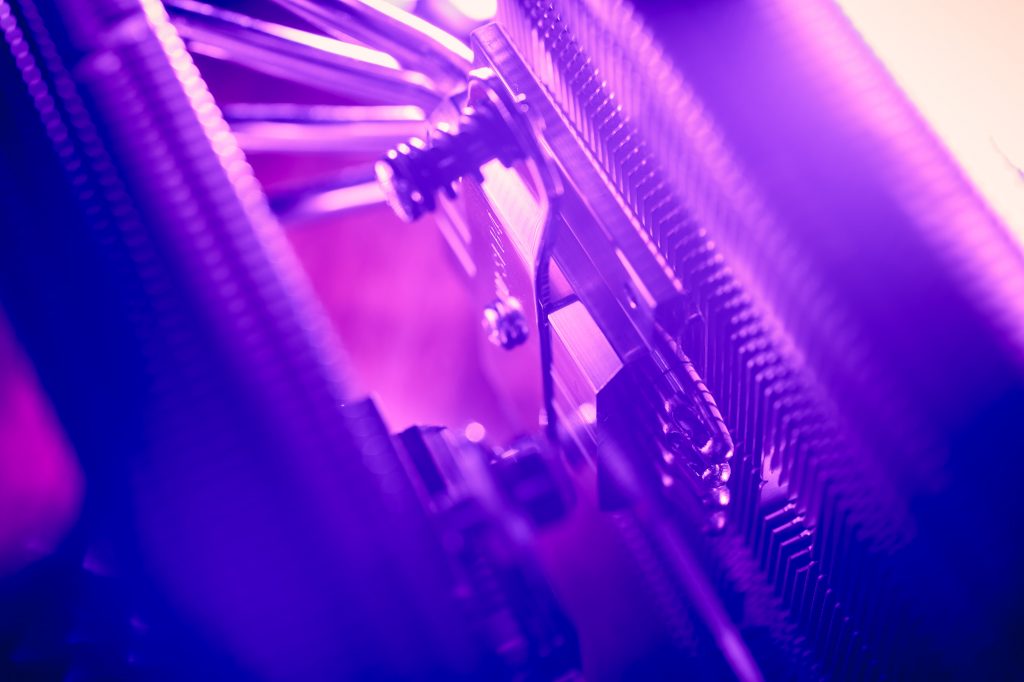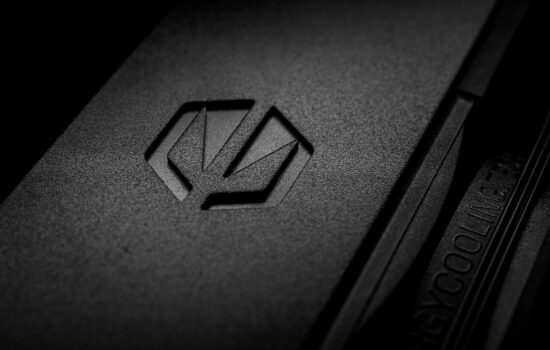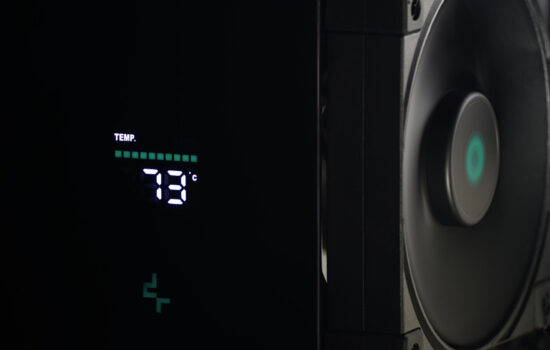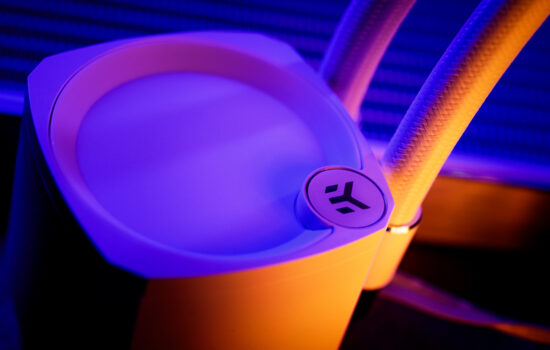Measuring methodology and tests results
Current PC hardware is already very energy efficient. Each new generation usually promises higher performance, lower power draw with corresponding cooling requirements. This trend is leading to the growing popularity of compact PC builds. However, these rigs face little space for coolers. How big trade-offs need to be made with CPU cooling in these builds? Does a small cooler necessarily mean high temperatures and noise?
Testing methodology
Intel Core i7-5820K in ASRock X99 Taichi motherboard was used as the heat generator. As usual, I placed the whole build on the Streacom BC1 frame without other fans that would provide airflow. For stress tests, I used the Aida64 Extreme application with a duration of 45–60 minutes. The coolers were tested at three speed levels (800, 1200 and maximum) at a processor frequency of 4200 MHz and a voltage of 1.150 V. The processor power draw at these frequencies is around 150 W. I haven’t even tried to use the higher level that I usually use for other tests (4500 MHz with Vcore 1.350 V). The power draw of approx. 200 W is simply too high for this type of coolers.
To maintain the overall concept of the article, I tested all three coolers with fans in lower positions under the heatsink and with the air flow through the heatsink towards the socket. In addition, this configuration provides some airflow in the vicinity of the processor socket with a VRM, RAM, etc. For small cases, where airflow can be severely limited, this is a useful detail.
I measured the noise at three fan speed levels (800, 1200 and maximum) approx. 50 cm from the cooler using a calibrated Voltcraft SL-100 instrument in the fast measurement mode (125 ms) with a sensitivity range of 30–100 dBA. The fan speed was controlled by the Noctua NA-FC1 controller. The ambient noise level is usually around 33 dBA. At the end of the test, the highest temperature value reached by the entire processor was observed. All data regarding processor temperatures and energy consumption are obtained from the HWiNFO64 software. The results are then corrected for ambient temperature as the resulting Delta T. The test success limit is set at 80 °C. A higher Delta T value already means a processor temperature above 100 °C and a risk of thermal throttling. Therefore, if the cooler does not pass the test with a Delta T value below 80 °C, such a test is rated as failed.
Test results
It can already be seen here that a high amount of waste heat in combination with low speeds means that most coolers are not able to prevent the processor from overheating and subsequent throttling. This is not unexpected, it is simply the physical limit of the cooler and does not mean that the cooler is of poor quality.





